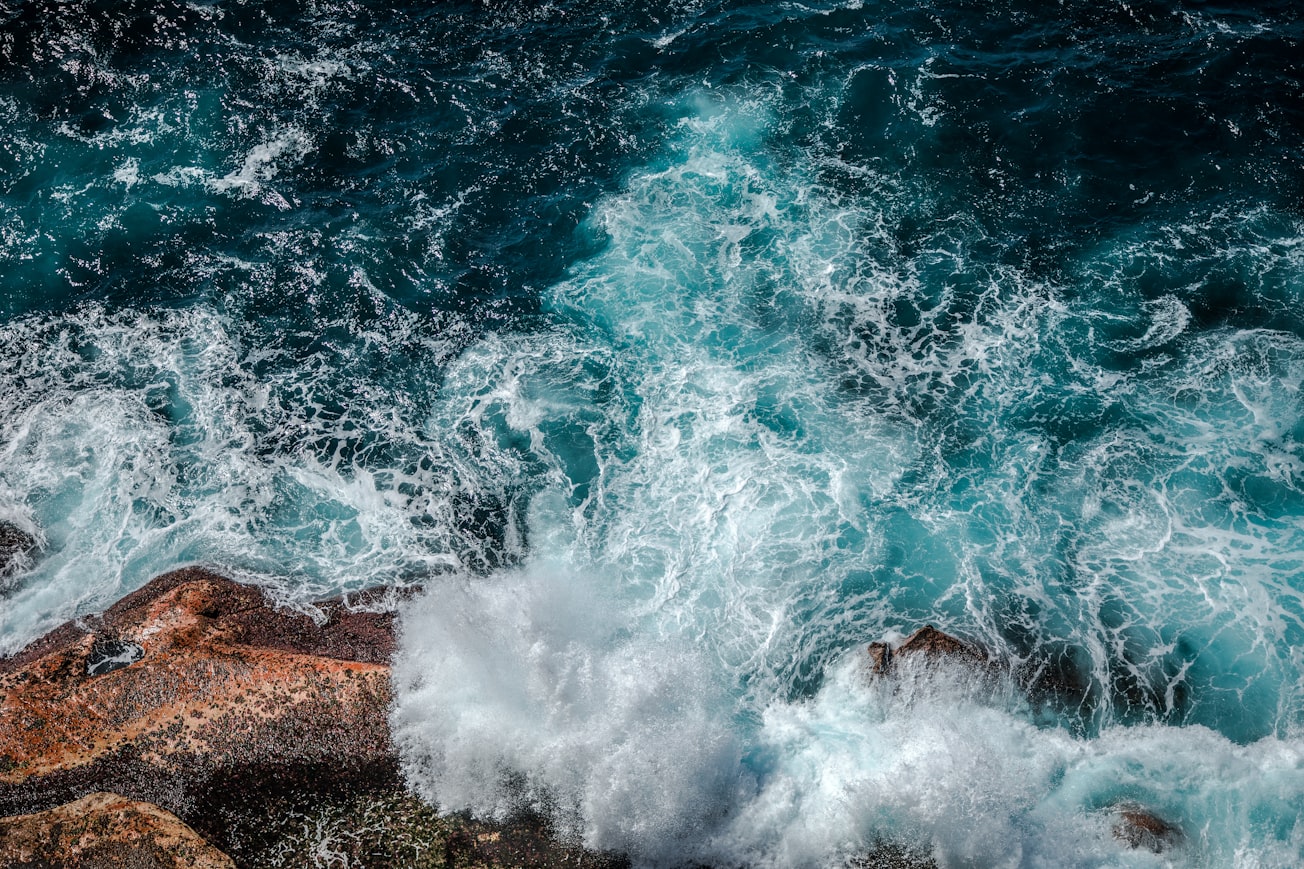What is it about?
The air-sea momentum exchanges in the presence of surface waves play an integral role in coupling the atmosphere and the ocean. In the current study, we present a detailed laboratory investigation of the mean, wave-induced, and turbulent momentum fluxes over wind-generated surface waves. To this end, quantitative airside velocity measurements were obtained in the laboratory over wind waves for various wind speeds ranging from 0.89 to 16.59 m/s. The mean, wave, and turbulent velocity fields were extracted from the two-dimensional instantaneous velocity components using a linear triple decomposition technique. The wave phase and ensemble averages led to a detailed examination of the role of surface ocean waves in the multiple air-sea momentum fluxes.
Featured Image

Photo by Jamie Davies on Unsplash
Why is it important?
The momentum flux (or wind stress) is a fundamental parameter in the study of air-sea interactions. In particular, air-sea momentum fluxes provide crucial boundary conditions for ocean, atmosphere, and surface wave models. The accurate predictions of air-sea momentum exchanges further lead to improving the model parameterizations of oceanic and atmospheric models and thus improving climate forecasting.
Perspectives
Besides providing a detailed view into the physics of the airflow above strongly forced wind waves and offering a comprehensive dataset for comparison with existing and future experimental results, this study is shown to be useful in interpreting and/or benchmarking numerical models.
Kianoosh Yousefi
University of Delaware
Read the Original
This page is a summary of: Momentum flux measurements in the airflow over wind-generated surface waves, Journal of Fluid Mechanics, May 2020, Cambridge University Press,
DOI: 10.1017/jfm.2020.276.
You can read the full text:
Resources
Contributors
The following have contributed to this page







